Murder by the Book: A Sensational Chapter in Victorian Crime
£0.90
*Shortlisted for the CWA Gold Dagger for Non-Fiction 2019*
‘A fascinating portrait of Victorian London’ Observer
‘I devoured it in one sitting’ Alison Weir
‘Excellent’ Dan Snow
Early on the morning of 6 May 1840, on an ultra-respectable Mayfair street, the elderly Lord William Russell was discovered in bed with his throat cut so deeply that the head was almost severed.
When Lord William’s assassin claimed to having been inspired by a recent sensational novel, it sent shock waves through literary London, and drew both Dickens and Thackeray into the fray. The crime, the investigation, the city’s fevered fixation and the mores of the Victorian age are all brilliantly evoked and scrutinized in Claire Harman’s spellbinding account of a surprisingly literary crime.
‘A scandalous Victorian mystery’ Guardian
‘Fascinating, entertaining. Harman’s tale is never less than rip-roaring’ Daily Telegraph
‘Vivid and punchy’ Spectator
Read more
Additional information
| Publisher | Penguin (25 Oct. 2018) |
|---|---|
| Language | English |
| File size | 15685 KB |
| Text-to-Speech | Enabled |
| Enhanced typesetting | Enabled |
| X-Ray | Not Enabled |
| Word Wise | Enabled |
| Sticky notes | On Kindle Scribe |
| Print length | 180 pages |
| Page numbers source ISBN | 0241346940 |


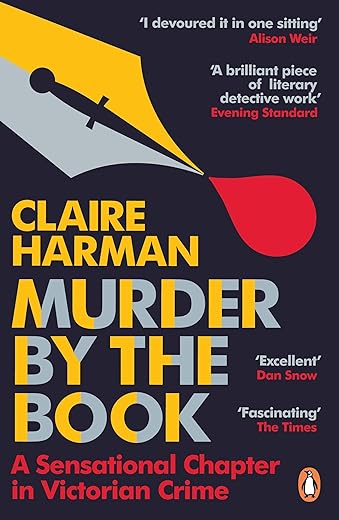

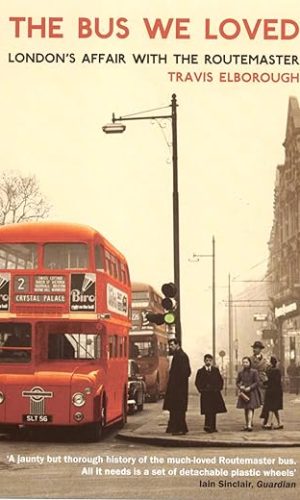
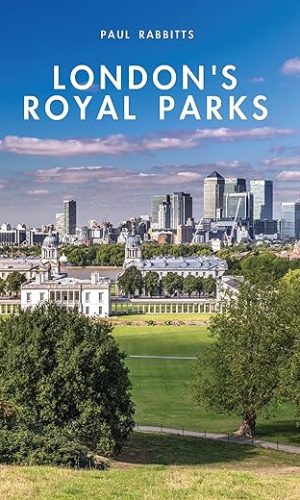
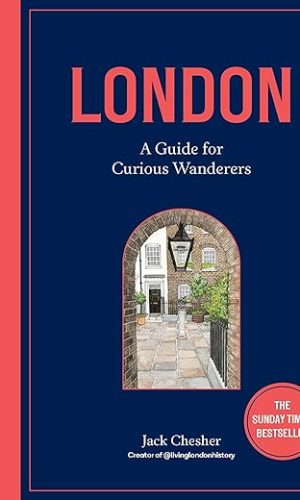

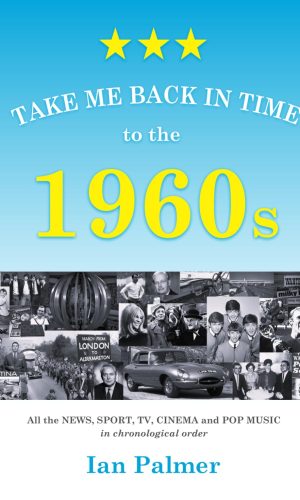
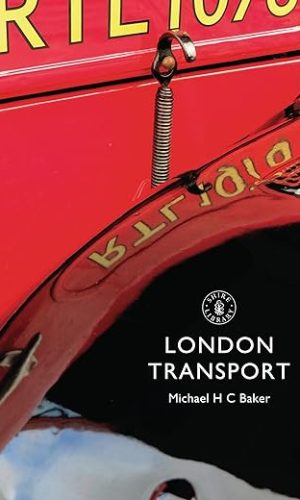
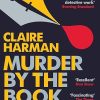
by L J Newsholme
There was a lot here to enjoy, but the true crime portion of this book was definitely the primary story with the discussion about the rise of the novel on the back foot. Luckily the murder and its investigation was quite interesting, but no more so than any other true crime narrative. Where I hoped that this book would do something different was in the area of the influence that the crime had upon some of the most famous novelists of the day, including Dickens and Thackeray and there is some discussion around this topic, but not as much as I would have liked. Similarly there is some evaluation on the media frenzy and public outcry around a particular book and whether this book had an impact upon the murderer, but again, it took a back seat to the crime itself. All in all, this is an interesting book, but for me, it was a fairly standard true crime narrative.
I received a free copy of this book from First to Read in exchange for a fair and honest review.
by Intheamazone
Claire Harman plays detective in this extremely well researched account of a notorious murder, with a literary twist, in Victorian London – that of Lord William Russell. It’s a fascinating account – clearly the author has sweated blood and tears over her research – both well written and developed. A relatively short read but a thoroughly engrossing one.
(Many thanks to NetGalley/Publisher/Author)
by S Riaz
Although I love historical true crime, this book was something of a mixed bag for me. It begins with the discovery, on the morning of Wednesday, 6th May, 1840, of a murder. Lord William Russell is found in his bed, his throat cut, on a wealthy, seemingly safe, Mayfair street. Although Lord William was a younger son, so not as successful ,or influential, as other members of his family; he was wealthy and well known. Widowed, with only two of his seven children, still alive, he had spent much time abroad and had returned to London to retire.
Without doubt, Lord William’s murder created a sensation, and more than a little panic. That an elderly, quiet and respectable man could have been killed, in his own home, in such a wealthy area, made others worried that they could suffer the same fate. This book looks at the crime, the investigation, the trial and the aftermath. However, Claire Harman, also looks at the influence of ‘Newgate novelists,’ on events. These are sensationalist books, often made into plays, by authors such as William Harrison Ainsworth, who wrote, “Roodwood,” and “Jack Sheppard,” about a notorious criminal.
Although I found both the crime element, and the literary one, interesting, it did feel a little as though she was fleshing out the true crime section of the book. As well as Ainsworth, she discusses other authors, such as Dickens and Thackeray and there are some particularly interesting passages, concerning Dickens and the aftermath of the trial. However, overall, this doesn’t quite manage to succeed as a true crime novel, simply because there is not quite enough depth. That said, it was still an enjoyable read. I received a copy of this book from the publisher, via NetGalley, for review.
by Paula Bardell-Hedley
I’m not overfond of airports or aeroplanes – in fact, I would describe myself as having mild aviophobia – so tend, when flying, to struggle concentrating on a book for any length of time. I therefore take care always to slip something moderately light (in a literary sense) into my bag before leaving home, hoping to distract myself from squealing children, sharp-boned neighbours, unexpected turbulence and other minor irritants likely to arise at 40,000 feet.
Returning last week from Cyprus, I opted to read Murder by the Book after seeing it recommended in The Guardian’s: The 50 biggest books of autumn 2018, where it was described as focusing on a “killer’s claim to have been inspired by a sensational novel, and the debate about fiction that ensued.” Perfect. An authentic whodunnit with an added literary twist: just the thing to assuage frightful, in-flight thoughts of plummeting out of the sky.
I started reading shortly before take-off and was pleased to discover the award-winning biographer, Claire Harman had created an undemanding but entertaining historical account that read like a thriller.
On the morning of 6th May 1840, a housemaid discovered her elderly master at home in bed with his throat slit so deeply his head was all but severed. Suicide was at first suspected, but it quickly became apparent the police were investigating a savage murder.
Lord William Russell was the third and youngest son of the Marquess of Tavistock, whose beloved wife, Lady Charlotte Villiers, had died some thirty years earlier. He lived alone (but for three servants) in a modest property in London’s upmarket Mayfair and was familiar to those who frequented the great salons of Holland House and Gore House, the Royal Academy and Buckingham Palace itself.
From royalty to the most impoverished ragamuffin, Londoners were enthralled by every gory detail of Russell’s murder. It also provoked intense debate about censorship, in particular, a contemporary work of fiction: Jack Sheppard by William Harrison Ainsworth, because the suspected murderer was revealed to have read the novel before committing this apparently motiveless crime. Leading writers of the day, among them Charles Dickens and William Makepeace Thackeray were dragged into the controversy, and it seemed that literature itself had been put on trial.
Collating much previously unpublished information, Harman shows how a murderer can become a celebrity. In addition to the main narrative, she helpfully provides an addendum, Unanswered Questions, in which she re-examines evidence, discusses motive and raises several intriguing questions. She also, in a chapter entitled Persons of Interest, supplies brief biographical information on all the people connected with the case.
So, did Murder by the Book divert my mind from more immediate thoughts? Happily, I can report that it served its function well: I made it from Larnaca to Manchester without going into meltdown or publicly revealing my inner wuss.